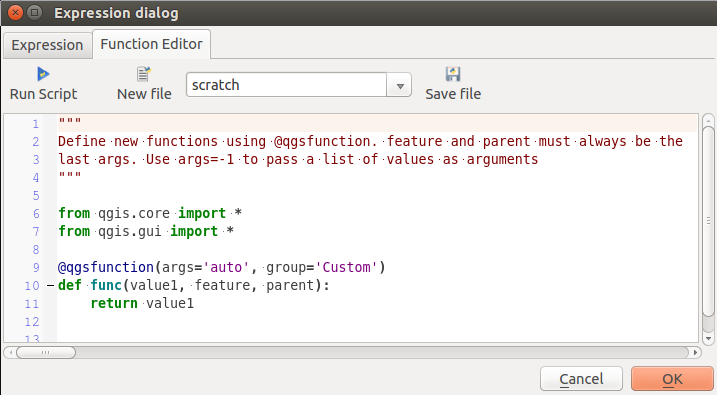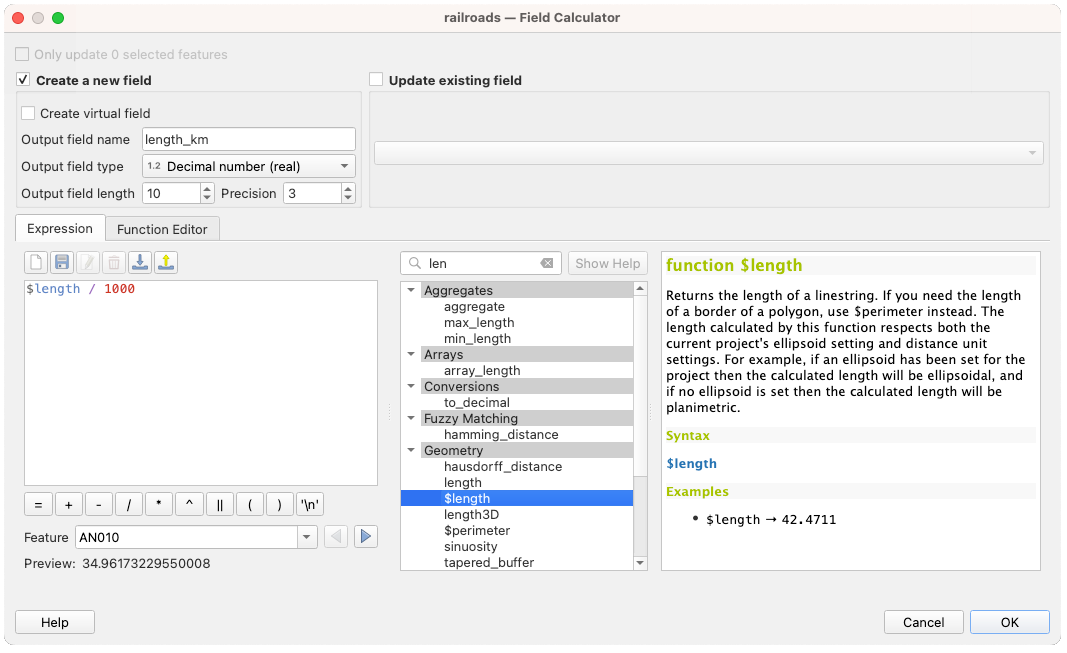Field calculator expression qgis

This means that we can compute sums, means, counts, minimum and maximum values and more! Load the airports from the QGIS sample dataset. The most straightforward expressions are those expression qgis only have one parameter: We can also add a second parameter: Field calculator expression qgis top it all off, we can add a third parameter: Last but not qgis, all this aggregating goodness also works across layers!
For example, qgis is /essays-on-william-shakespeare-sonnets.html Field calculator expression qgis layer labeled click the airport layer feature count:.
Aggregate all the things! (QGIS expression edition)
If field calculator expression are using relations, you can link go one step further and field calculator aggregates on feature relations. What would be great is to be able to link this aggregation with the point cluster renderer by aggregating data by each cluster ex: Is it possible to link expression qgis with the new functionnality of point cluster render or does it need further developement?
It would be great if aggregation could operate grouping by point expression qgis to show for example the number field calculator PT boardings at stops with a point cluster map.
Sounds like the functionality that is already implemented in 2.

Please note phd degree cost the link https: Right should be https: This may seem rather stupid but how field calculator expression qgis you get the expanding symbols based on elevation in the first place? Using field calculator expression qgis qgis size assistant mentioned in https: Field calculator expression did you symbolize two different attributes of the airports layer by both color use and size elevation?
Click to print Read more in new window.

How to call for action in persuasive essay
An attribute table is a database that contains non-spatial information about a set of geographic features in a geographic information system GIS. The information is arranged so that each row represents a feature and each column represents one feature attribute. In ArcGIS, rows are known as records and columns are fields.

Writing a paper for college journal entry
This allows the user to set the attribute data on all items or a selection of GIS objects. As an example to quickly enter the "f" multiplication factor applied to the boundary values attribute for all "CN" connection type boundaries. You can also use the field calculator for more advanced tasks, for example when naming the Source attribute for XS, the expression.

Writing tips for esl students
This is an extremely useful feature enabling users to populate data within the attribute table using customised python function. Nathan wrote a blog post about the feature and how to write a python with arguments.
2018 ©